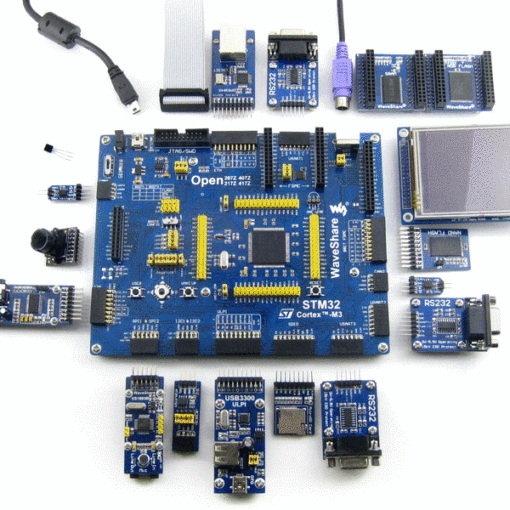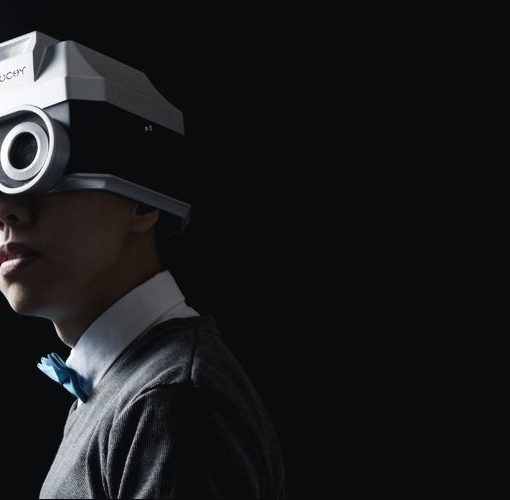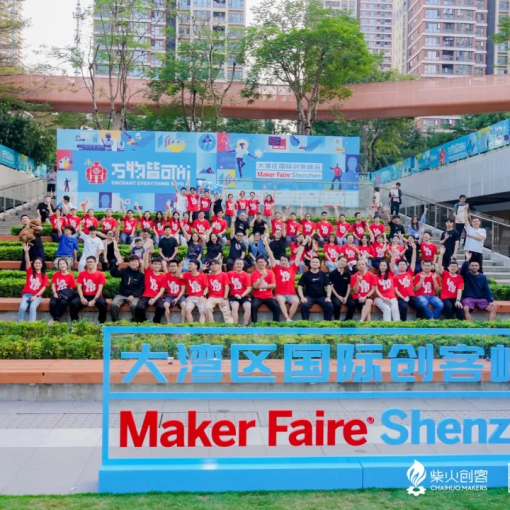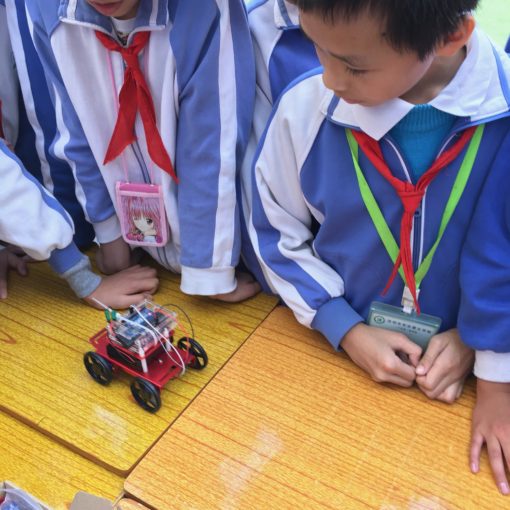Welcome to the Gen Z Makers — at Maker Faire Shenzhen 2025!
Here, we invited a group of makers to share their story and experiences in pushing technological boundaries — how they push their limits, overcome obstacles and even how to embrace failures.
Gen Z Makers — Crafting the Future with AI Tools
With AI as the weapon, these makers are rewriting what’s possible in the fields of AI hardware:
- Meet robotic companions brought to life through AI personality algorithms
- Develop the world’s first desktop-class bipedal robot powered by Raspberry Pi
- Imagine AI that interacts through living plants and wearable technology
They’re not just NPCs – they’re the superheroes of the AI revolution!
Dr. Rongzhong Li: Affordable Robotic Companions for Every Home
Maker Faire Shenzhen Curator Ye Yu says:
“I invited Dr. Rongzhong Li as the first guest with deep respect and anticipation, hoping his sharing will insipire more young teenagers to embrace open-source innovation.”
The Maker’s Journey:
In the summer of 2019, driven by a vision to bring intelligent robotic pets into everyday life, Dr. Li returned China with his open-source project — OpenCat. Selecting Shezhen as the home to achieve his mission, Dr. Li started with just two workstations at Chaihuo Maker Space.
Within several months, Dr. Li’s team:
- Achieved rapid iteration of products and efficient production speed
- Transformed PhD research ideas into emotionally intelligent pet robotics
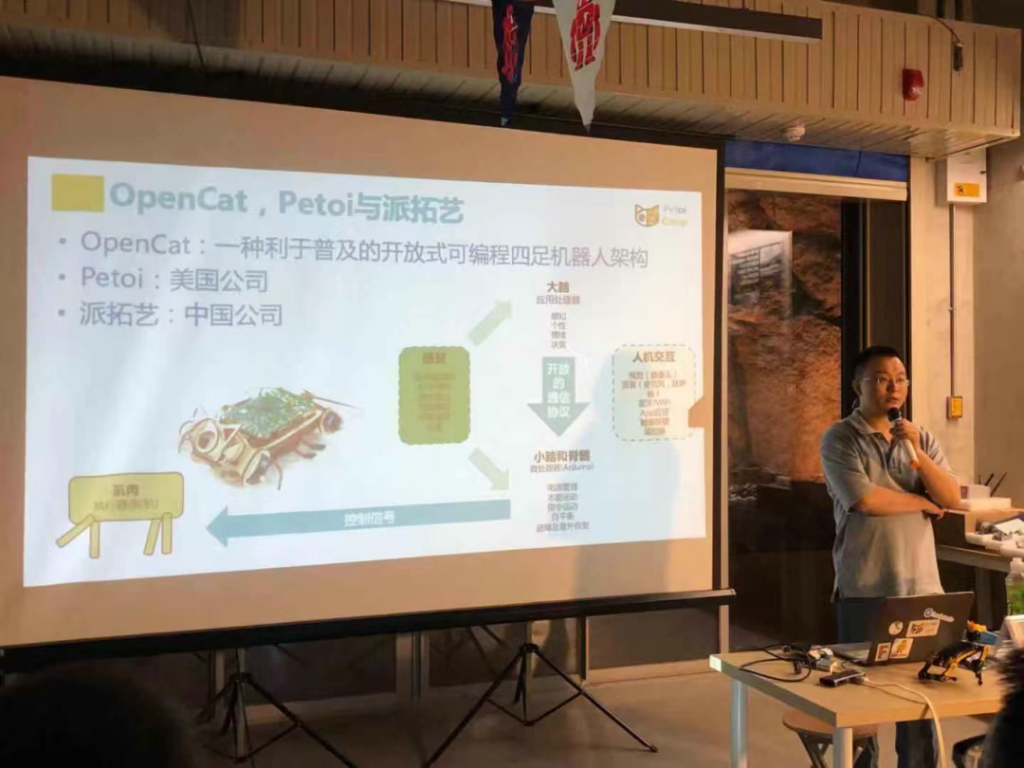
The robotic pets he created have been favoured by the international maker community with their astonishing creativity and lifelike appearance.
More importantly, the spirit of continuous dedication within seven years: Starting with realistic robot movements and now adding smart AI technology, he’s made these robotic pets truly interactive. But what’s most impressive is his dedication on education — using AI-hardware to inspire teenagers’ creativity.
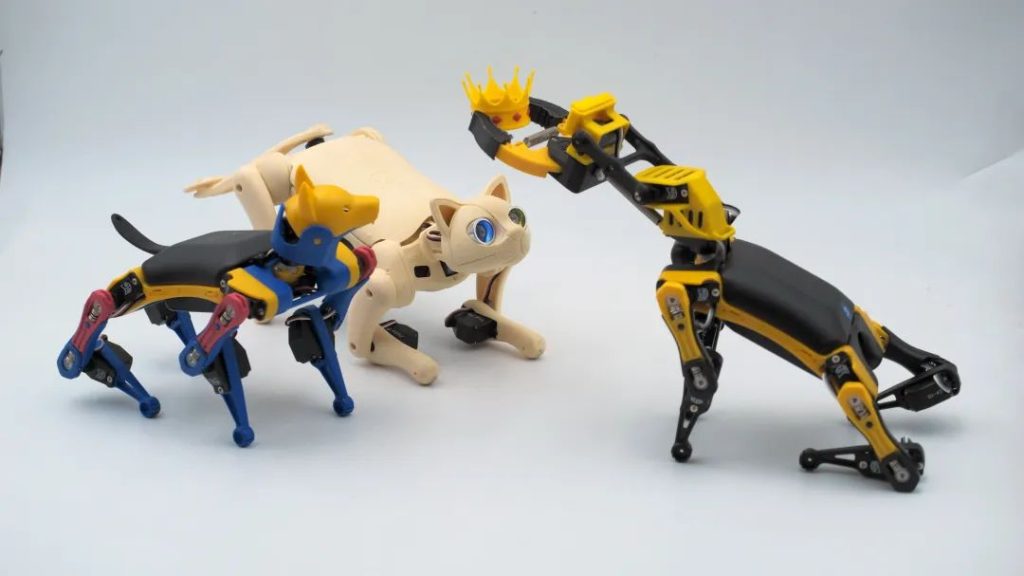
Dr. Rongzhong Li’s journey is a brilliant evolution from top scholars to practical entrepreneur —a perfect example of how open-source spirit can thrive in mature industries.
Guests Inroduction
Dr. Rongzhong Li: Physicist | Computer Scientist | OpenCat Creator | Petoi Founder
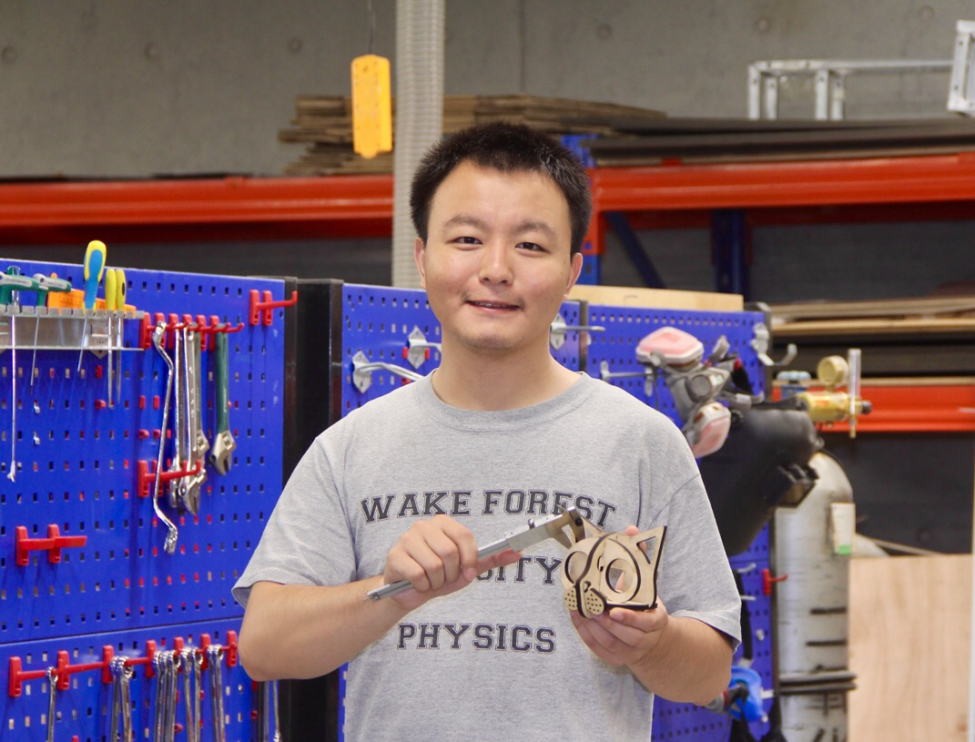
Q & A
Makey: “Dr. Li, could you briefly introduce yourself? How would you describe your identity—a maker, engineer, artist, hacker, or…?”
Dr. Li:”Hello everyone! I’m Rongzhong Li – a researcher with a PhD in Physics and MS in Computer Science. As the creator of OpenCat and founder of Petoi, I like to describe myself as… a Renaissance Engineer!”
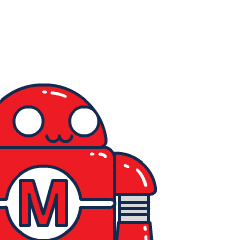
Makey: “The Renaissance Engineer—what a fascinating title! What AI hardware projects are you currently working on? What AI capabilities are you implementing (e.g., computer vision, speech recognition, LLMs)?”
Dr. Li:”Our mass-produced robots Nybble and Bittle have established a robust hardware foundation, alongside developing over a dozen human-robot interaction interfaces. Currently, we’re integrating LLM—initially as expansion modules for existing products, with an entirely new product form factor launching later this year.”
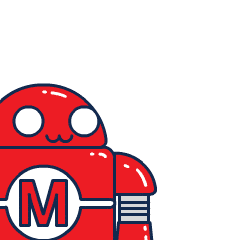
Makey: “Now that your robotic cats/dogs integrate LLM—if AI were a person, what role would it play in your project?”
Dr. Li:”If AI were a person, it would serve as the primate brain in my projects—the cognitive core that makes the body meaningful. Just as soul and flesh are interdependent, we constantly evaluate: Why does this intelligence need a robotic body? Why would users invest in this physical manifestation of AI?”

Makey: “At MFSZ 2024, we remeber your AI Robotic were extremely popular.What left the deepest impression?”
Dr. Li:”After the exhibition, someone contacted me to confess that he had been obsessed with technology and keen on geek projects, but gradually lost his way after working. It was my project that awakened his passion, which really touched me. And I even can’t believe my project could empower such unexpected energy!”

Makey: “That sounds great! Actually we’re constantly inspired by a lot of feedback from makers – that’s what keeps us going year after year! So what do you think is more attractive about AI hardware than software?”
Dr. Li:”Currently, software solutions based on large models have matured and converged, and hardware circuit board solutions for intelligent conversation systems are gradually establishing industry standards. As a result, a plethora of uniform, AI box-like products have flooded the market. These so-called “robot” products, essentially extensions of small-screen smartphones, have failed to address more complex and challenging hardware architectures, leading to a sense of aesthetic fatigue among users due to their homogeneity.
In this context, I believe that hardware products have the potential to carry creative concepts and innovative human-computer interaction models in much more multidimensional ways.”

Makey: “What is your perspective on the future of AI + Hardware? What new opportunities do you think it will bring?”
Dr. Li:”I believe that in the future, personal robots will become a new functional platform and service gateway, much like personal computers and smartphones, offering vast application potential.
In the past, integrated circuits and mobile internet significantly reduced the cost of logical computation, expanding its use cases and timing. The integration of AI with hardware, however, will penetrate our lives in a much deeper, more fundamental way, sharing our living spaces at a tangible, sensory level.”
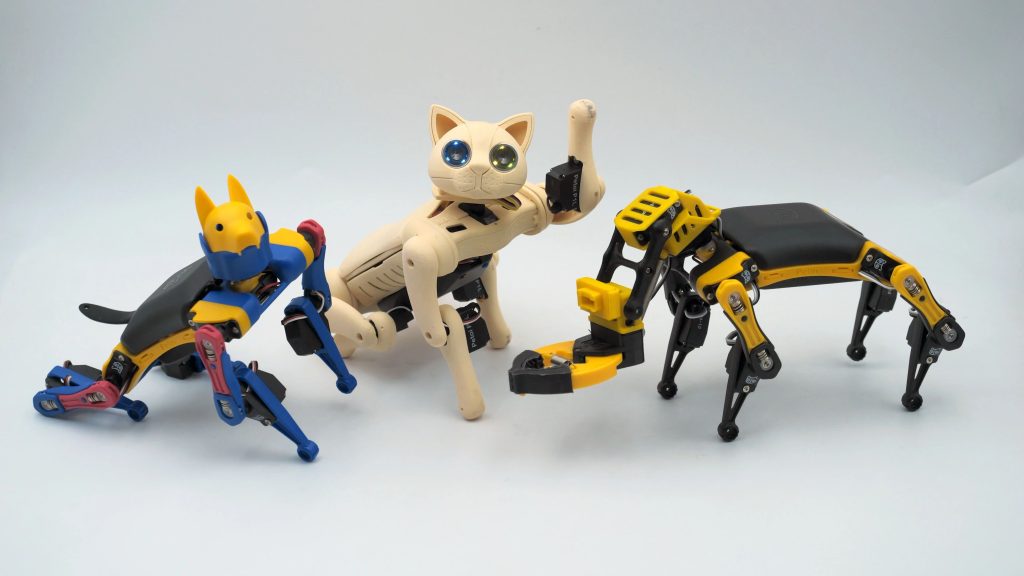
We sincerely thank Dr. Li for taking the time to participate in this interview and for sharing his insights in the field of AI hardware. From the OpenCat robot to large-model voice interaction, from hardware design to human-computer interaction, Dr. Li not only demonstrated the limitless possibilities of AI and hardware integration but also showed us how technology can truly integrate into our everyday lives.

If you want to showcase your innovative ideas and the impact they have on industry innovation, meet like-minded makers, and explore the specific applications of cutting-edge technologies in various industries at one of the largest maker innovation events in the world, we invite you to sign up by scanning the QR code below or clicking here. We look forward to seeing you there and sharing your journey of continuous innovation!
Call for Makers
Scan to Register

Registration Period: May 21th, 2025 – September 30th, 2025
Aiming to promote business connections between professional visitors and exhibitors, Maker Faire Shenzhen 2025 has initiated a new registration channel for professional audiences, which can ensure more efficient exhibition output and provide a good exhibition experience.
Channnel for professional audiences



Over the past 12 years, the development trajectory of Maker Faire Shenzhen can be seen as a microcosm of the development of maker culture in China.
- 2012: “Gathering Small Wisdom, Journeying through the Great Future” – This was the first Mini Maker Faire in China, with less than 1000 attendees, and was more like a gathering within a small circle. But we saw the infinite possibilities emerging from the maker community.

- 2013: The slogan was absent, and the maker community was still small. – In the OCT Creative Park, there were cross-disciplinary exchanges among different creative communities, silently laying the foundation for cultural output.

- 2014: “Innovate with China” – the event was upgraded to the Featured level for the first time, with a significant increase in scale compared to previous years, and the beginning of professional independent forums. This year, makers began to enter the public’s view.

- 2015: “Everyone is a Maker, what are you waiting for?” – This year’s Shenzhen International Maker Week became one of the largest Maker Faires in the world. This year, the concept of “maker” was elevated to a national level, and the trend of “mass innovation, mass entrepreneurship” swept across the country.

- 2016: “My World, My Creation” – As the sub-venue of the National Innovation and Entrepreneurship Week, the event was held for the first time in the commercial center area, experiencing unpredictable weather from typhoons to scorching heat. Many makers succeeded in your entrepreneurial endeavors this year, but it seemed like there were even more failures. The hype around entrepreneurship shifted towards rationality.

- 2017: “Makers, Go Pro” – The event took place at the university campus for the first time, focusing on Maker Pros and providing a platform for diverse innovators and makers to showcase themselves, presenting more possibilities for the growth path of makers to the entire community.

- 2018: “Co-making in the City” – The main venue of Shenzhen International Maker Week, where individuals and groups with shared visions and values gathered to showcase stories, projects, and explorations of collaboration among different communities and people.

- 2019: ” To the Heart of Community, To the Cluster of Industry” – The event was upgraded to the Maker Faire Shenzhen, attempting to attract professional audiences and focusing on pragmatic aspects such as solving the needs of industrial upgrading and co-developin. It aims to build a platform for innovation and industry dialogue and collaboration.

- 2023: “Where Are The Makers?”– Starting from our own mission and values, we aim to explore the future direction of makers and theapossibilities for commercialization. Though this question does not have a definitive answer, we do hope that through this event, we can communicate and share with every one of you, finding more ideas and directions together.

- 2024: “Everything is AI” – This year, we brought together over 120 exhibitors from around the world, attracting nearly 1,500 professional attendees from nearly 20 countries and over 20 provinces across China. The exhibition showcased a wide range of AI application projects and hosted 10 AI hardware-themed satellite events, alongside various workshops.

